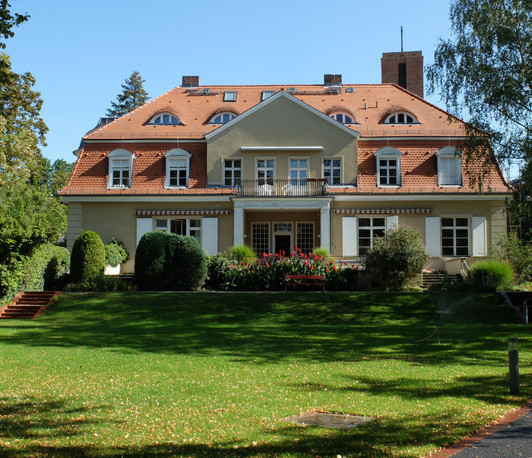Embedded Cluster Models and Solvation for the Simulation of Electrocatalysis
- TH Department Seminar
- Datum: 11.04.2024
- Uhrzeit: 14:00
- Vortragende(r): Prof. Christopher J. Stein
- Technical University of Munich, School of Natural Sciences, Department of Chemistry, Garching, Germany
- Ort: https://zoom.us/j/97265315379?pwd=eTlVbWhycklZSTNZZ1g3YWVZM2E1dz09
- Raum: Meeting ID: 972 6531 5379 | Passcode: 666603
- Gastgeber: TH Department

Heterogeneous electrocatalytic processes are notoriously difficult to simulate due to i) the complex structure of the catalyst and the electric double layer, ii) the applied bias potential that drives the reaction and iii) the variety of length and time scales on which relevant transformations happen. Accurate atomistic simulations must therefore be able to explore the configurational space of the catalyst surface – which requires fast electronic-structure methods – and enable the calculation of accurate free energies and reaction kinetics – which requires accurate electronic-structure methods.
In this talk, I will present our current developments on embedded cluster models for
metallic systems. First, I will show what motivates us to simulate surface
reactivity with cluster models. I will then present a method for a consistent
active space selection in projection-based DFT-in-DFT embedding along predefined
reaction coordinates [1]. I will then briefly discuss how one might include a
computational applied bias potential with a Green’s function based approach [2]
that controls the number of electrons in the system, effectively rendering the
model grand-canonical in the number of electrons.
In the last part of the talk, I will introduce a novel mixed implicit/explicit solvation model that overcomes the necessity of choosing position and number of explicit solvents by performing grand-canonical sampling within a small solvation shell [3]. [1] E. Kolodzeiski, C. J. Stein., J. Chem. Theory Comput. 19, 6643 (2023).
[2] C. J.Stein, M. Head-Gordon, in preparation.
[3] M. Rahbar, C. J. Stein, J. Phys. Chem. A 127, 2176 (2023). M. Rahbar, C. J. Stein, in preparation.
In the last part of the talk, I will introduce a novel mixed implicit/explicit solvation model that overcomes the necessity of choosing position and number of explicit solvents by performing grand-canonical sampling within a small solvation shell [3]. [1] E. Kolodzeiski, C. J. Stein., J. Chem. Theory Comput. 19, 6643 (2023).
[2] C. J.Stein, M. Head-Gordon, in preparation.
[3] M. Rahbar, C. J. Stein, J. Phys. Chem. A 127, 2176 (2023). M. Rahbar, C. J. Stein, in preparation.